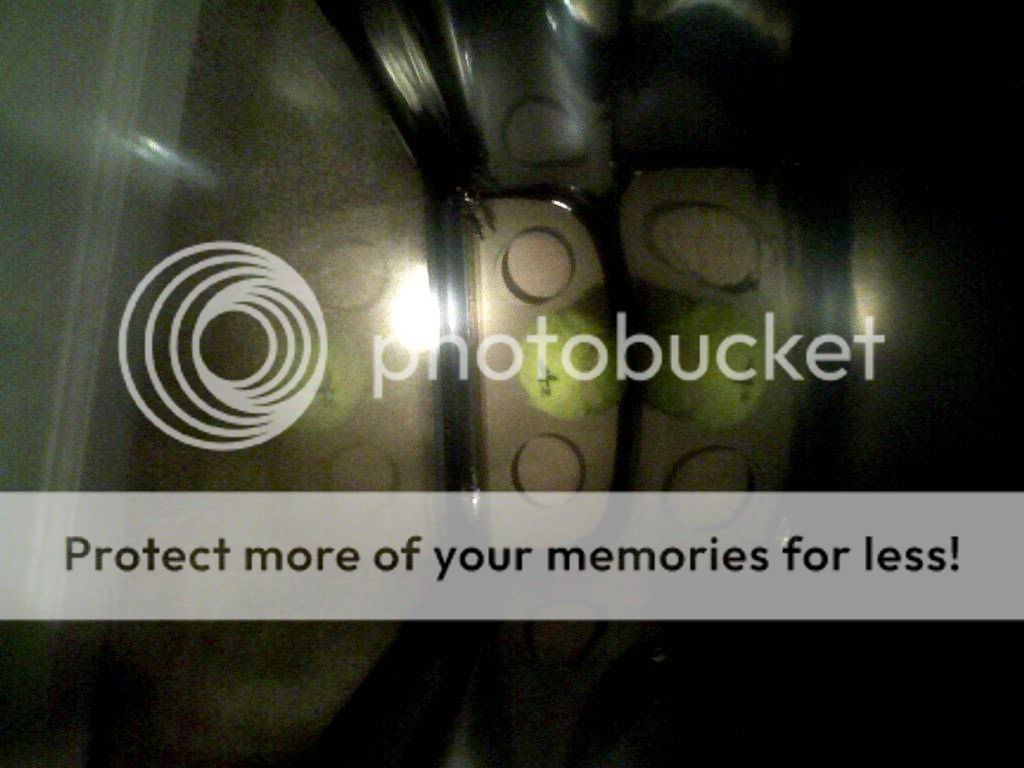AngelLeah1981
Reefing newb
I purchased a 120 gallon tank and am wanting to purchase the pump and skimmer next. I want to do reef and fish with a sump that has macro algae and rock and maybe sand. I thought I had the pump figured out that I was going to get. ...around 1500 gph at 4 foot head height but then I saw where someone had said they had one pump hooked up for their return and ANOTHER ONE on the skimmer ! How many pumps do you have to have? I'm so confused. Please help. Also, I am very interested in getting a pump that uses low wattage and any suggestions would be fantastic. I have such a hard time googling it for some reason.
http://img.photobucket.com/albums/v7...m/PIC-0338.jpg
http://img.photobucket.com/albums/v7...m/PIC-0337.jpg
http://img.photobucket.com/albums/v7...m/PIC-0336.jpg
THERE ARE TWO overflows.
48X24X25 - From the top of the tank to the bottom of the stand is almost 54 inches.
Are powerheads pumps? Do I only need one pump, one skimmer, and either 2 powerheads or a wave2k, a heater or chiller and thats it? If I don't have money to blow is the wave2k a waste of money or will it make my fish and animals happier?? WAVE2K!
Leah
Oh, and the reason I mentioned the skimmer is because that is part of the confusion. Someone said they needed to know what kind of skimmer I am getting before they can tell me what kind of pump to get. ?
http://img.photobucket.com/albums/v7...m/PIC-0338.jpg
http://img.photobucket.com/albums/v7...m/PIC-0337.jpg
http://img.photobucket.com/albums/v7...m/PIC-0336.jpg
THERE ARE TWO overflows.
48X24X25 - From the top of the tank to the bottom of the stand is almost 54 inches.
Are powerheads pumps? Do I only need one pump, one skimmer, and either 2 powerheads or a wave2k, a heater or chiller and thats it? If I don't have money to blow is the wave2k a waste of money or will it make my fish and animals happier?? WAVE2K!
Leah
Oh, and the reason I mentioned the skimmer is because that is part of the confusion. Someone said they needed to know what kind of skimmer I am getting before they can tell me what kind of pump to get. ?






